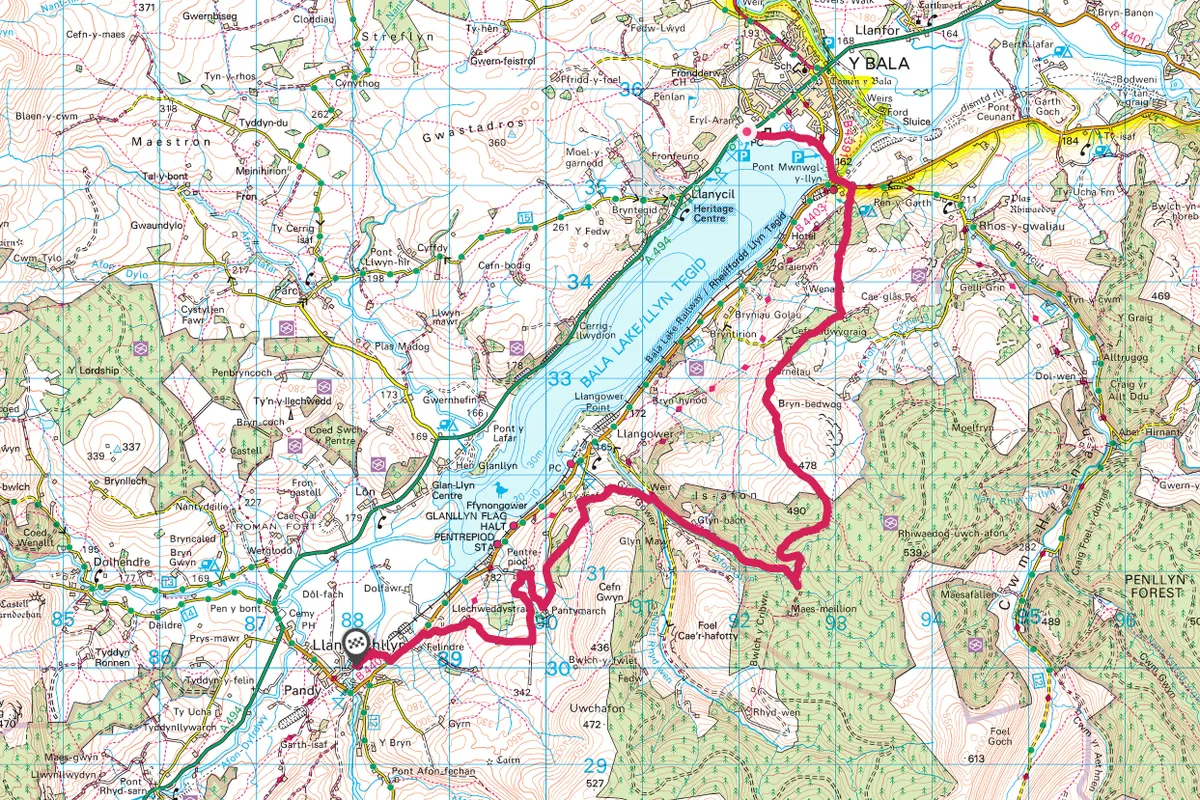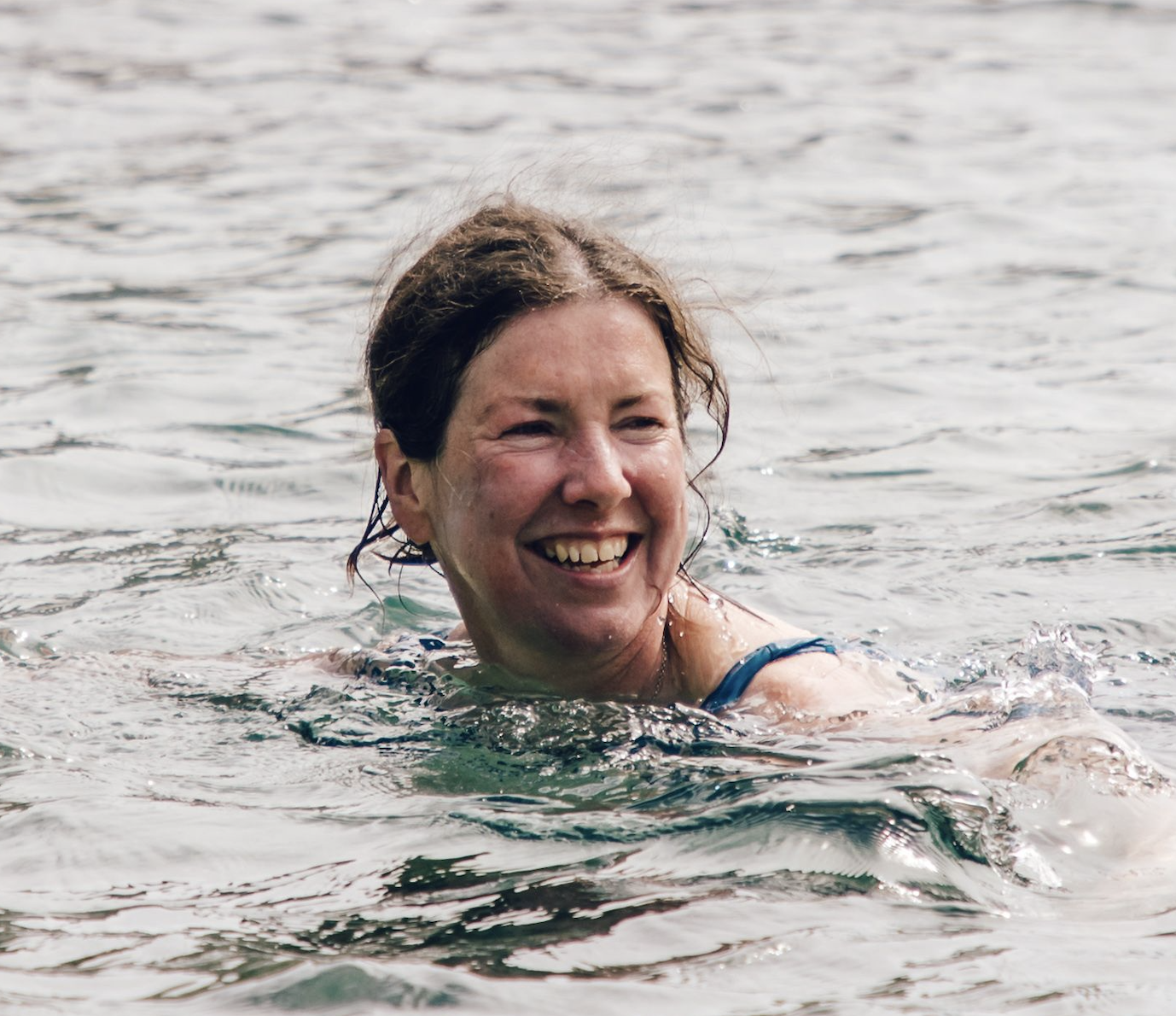Glaciers come to mind when you see its cool gleam from the mountain ranges surrounding it; the Arenigs, the Berwyns and the Arans.
Llyn Tegid walk
8.9 miles/14.3km | 5-6 hours | challenging
1. Ice Age fish
Start out on the northern shores of Llyn Tegid, walking east to meet the B4391.
The lake was made by glacial melt-water trapped by Ice Age debris. Trapped too were the gwniad - herring-like Ice Age fish found nowhere else. They still swim in the lake’s deep furrows.
The fault-line on which Llyn Tegid lies was, and still is, a route into Wales for invaders, traders, and tourists.
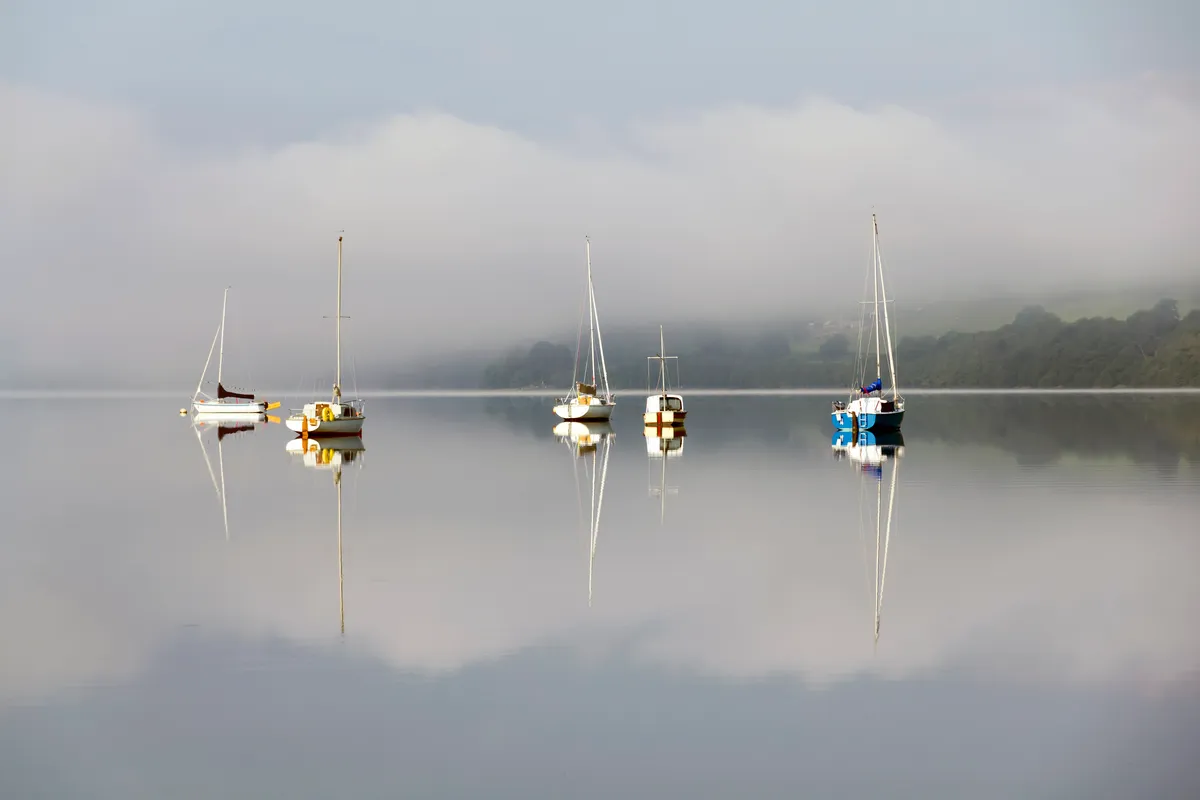
2. Outdoor options
There is plenty for tourists to enjoy. You can hire boats, kayaks and paddle-boards from the sailing clubs, or learn to windsurf and sail. You can take a hilly hike around the lake or ride the lakeside steam train on what was once part of the standard-guage line to Barmouth. Or you can splash, fish and swim.
Welsh is spoken in Bala village. In the 18th century, Bala was the centre of trading for woolen stockings. Women gathered to knit them on the motte below which the slate roofs and stone steeples overtop the streets now busy with independent shops and good places to eat.
Leave the B4391 to the right, passing through trees and then open hills before entering the Maes-meillion forest. Follow the Afon Glyn down towards the lake, crossing a road and leaving the river for a west-bound path.
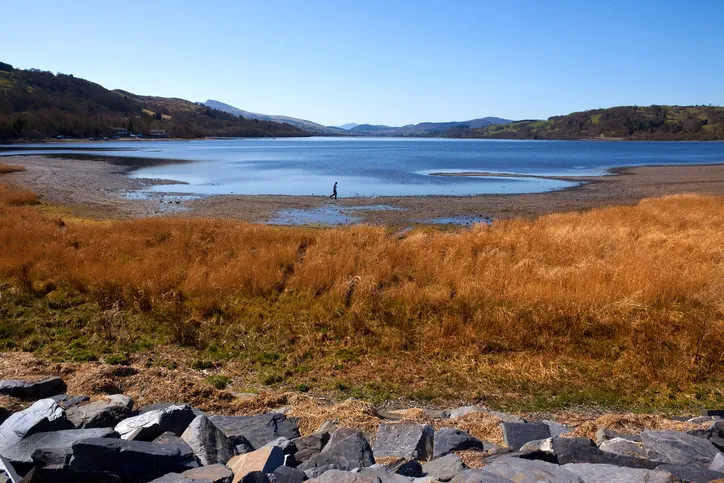
3. Flowers and birds
At the lake’s edge, it is harder to think about glaciers. The mountains are hazy and blue. Umbellifers and buttercups, sorrel and red campion tickle the breeze, and reed buntings frisk the rushes. Common sandpipers whistle urgently. And black-headed gulls dart, dip and flirt with the surface, which is rippled and ploughed by the wind.
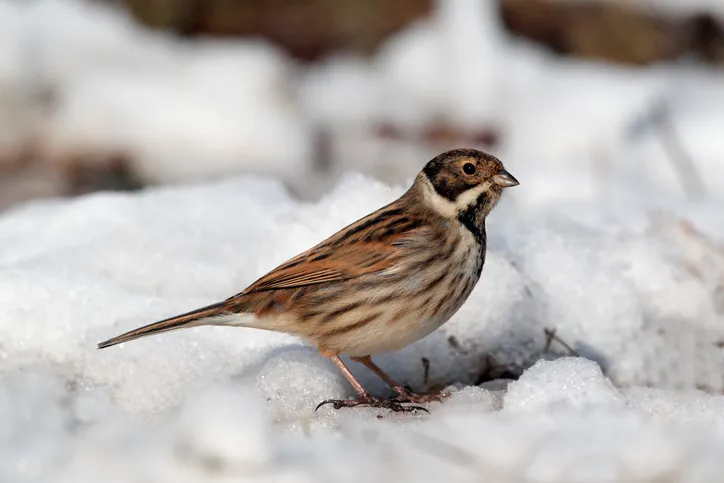
A series of field paths zigzag through the landscape, eventually leading to Llanuwchllyn and the end of the walk.
Llyn Tegid map
Llyn Tegid walking route and map
